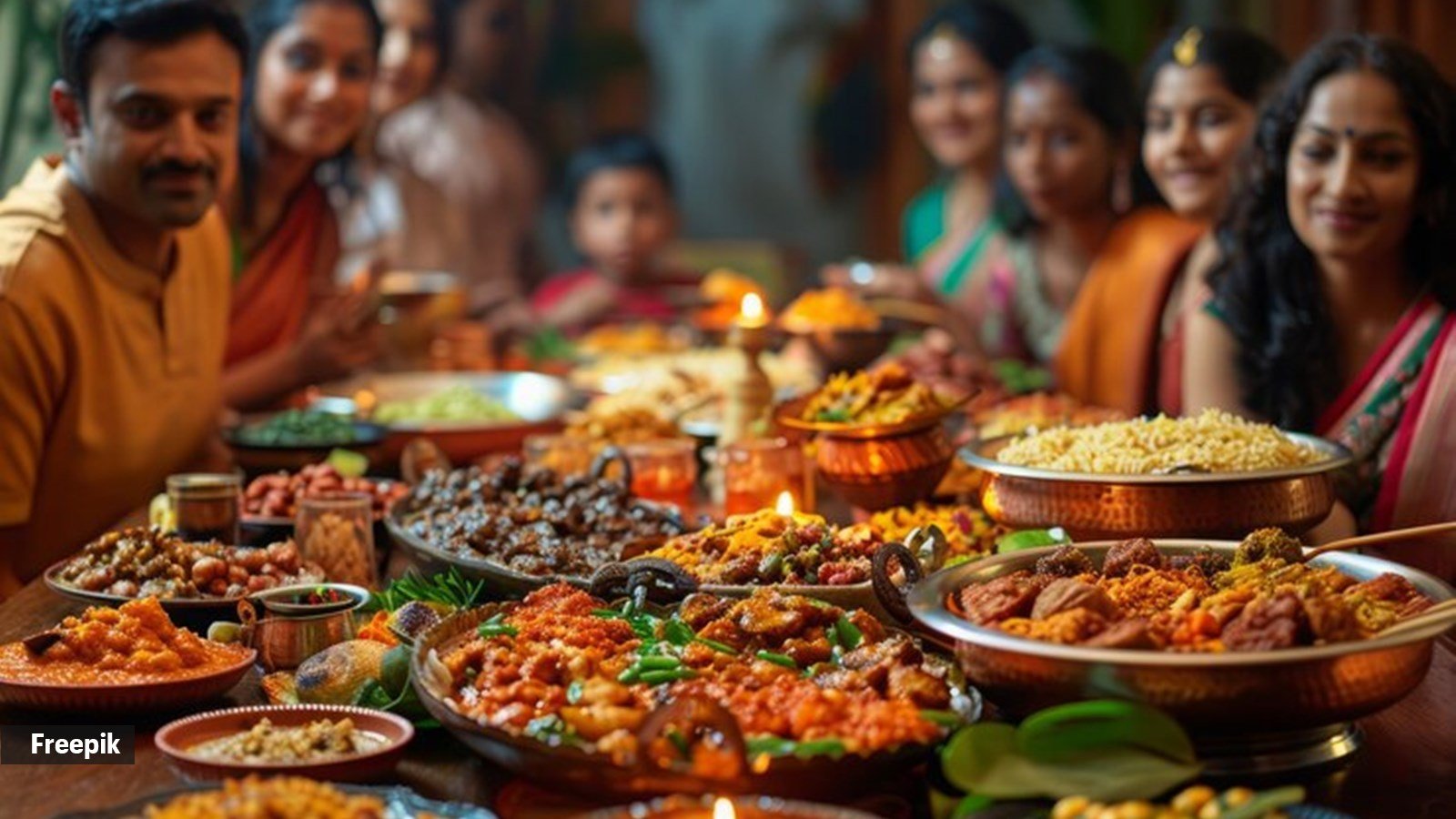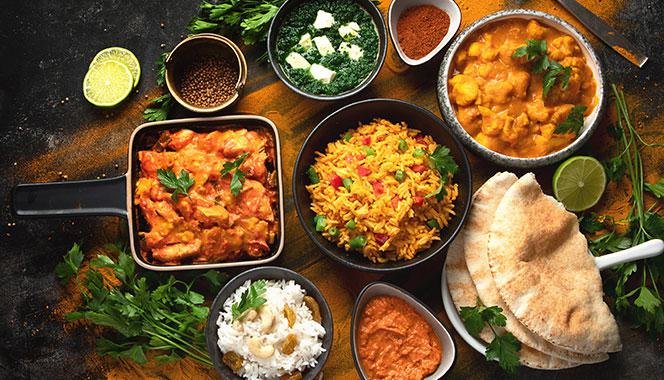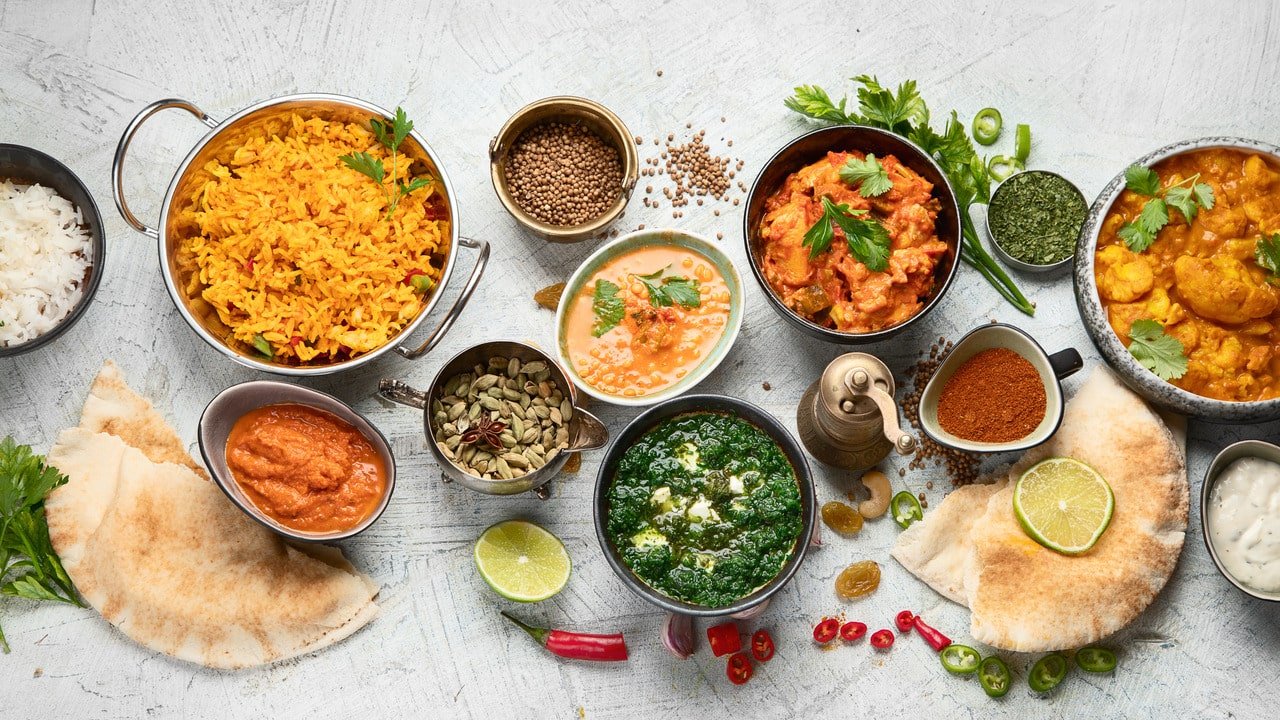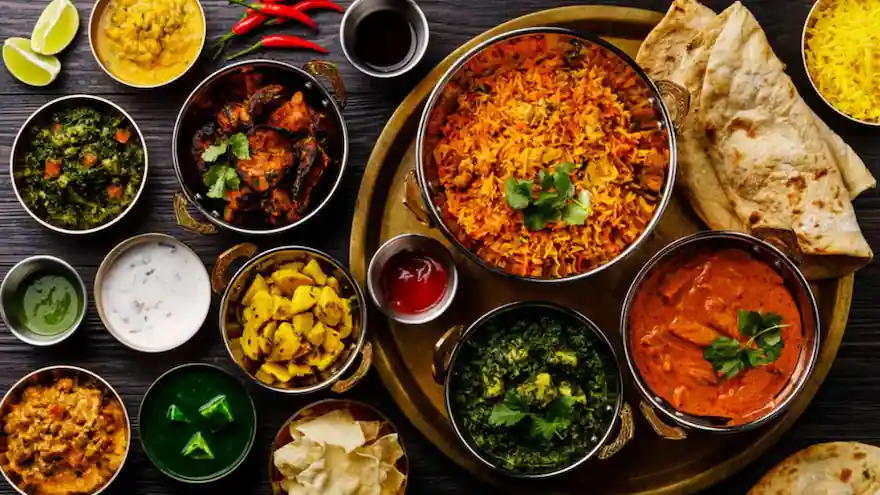Delving into the realm of Indian cuisine unveils a treasure trove of flavors, aromas, and culinary traditions dating back centuries.
From creamy curries to aromatic rice dishes, Indian classics are renowned for their bold flavors and vibrant colors.
However, amidst the indulgence lies a quest for balance – the harmony between taste and nutrition.
In this article, we embark on a journey through the realm of Healthy Indian Classics, exploring how these beloved dishes can be transformed into nutritious delights without compromising on taste.

Exploring the Essence of Indian Cuisine
Indian cuisine is a tapestry woven with diverse flavors, influenced by regional ingredients and cooking techniques.
From the fiery spices of the South to the creamy gravies of the North, each dish tells a story of cultural heritage and culinary prowess.
Traditional Delights Reinvented
In the quest for healthier alternatives, traditional Indian classics undergo a transformation, where ingredients are carefully selected to enhance nutritional value without sacrificing authenticity.
Take, for instance, the iconic dish of butter chicken – traditionally laden with ghee and cream.
By substituting yogurt for cream and using lean cuts of chicken, the dish retains its rich flavor while reducing calorie and fat content.
Embracing Wholesome Ingredients
The cornerstone of healthy Indian cooking lies in the use of wholesome ingredients such as lentils, legumes, and fresh vegetables.
Dishes like dal tadka and chana masala are not only packed with protein and fiber but also bursting with flavor from an array of aromatic spices.
Spice, Flavor, and Nutritional Benefits
Spices play a pivotal role in Indian cuisine, not only for their flavor-enhancing properties but also for their numerous health benefits.
Turmeric, known for its anti-inflammatory properties, finds its way into curries and rice dishes, while cumin aids in digestion and adds a distinctive earthy flavor to various dishes.

The Art of Balance
Balancing flavor with nutrition is akin to walking a tightrope – it requires finesse and precision.
In Indian cooking, this balance is achieved through the judicious use of spices, herbs, and cooking techniques.
By incorporating a variety of spices and cooking methods such as grilling, steaming, and baking, chefs create dishes that are both delicious and nutritious.
Mindful Eating Practices
In a world inundated with processed foods and quick fixes, embracing mindful eating practices is essential for overall well-being.
Indian cuisine encourages mindfulness through its emphasis on fresh, seasonal ingredients and the ritual of communal dining.
Taking the time to savor each bite not only enhances the dining experience but also allows for better digestion and appreciation of flavors.
Conclusion
In conclusion, Healthy Indian Classics offer a tantalizing glimpse into the fusion of flavor and nutrition.
By embracing wholesome ingredients, mindful cooking practices, and the art of balance, these beloved dishes continue to delight palates while promoting health and wellness.
So, the next time you crave the rich flavors of Indian cuisine, remember that indulgence can coexist with nourishment.

FAQs:
1. Can I make Indian classics healthier without compromising on taste?
Absolutely! By making simple swaps such as using yogurt instead of cream, lean cuts of meat, and incorporating more vegetables, you can create nutritious versions of your favorite Indian dishes that are just as delicious.
2. Are Indian spices beneficial for health?
Yes, Indian spices are not only flavorful but also packed with health benefits.
Turmeric, cumin, and ginger are known for their anti-inflammatory properties, while cinnamon helps regulate blood sugar levels.
3. How can I incorporate more lentils and legumes into my diet?
Lentils and legumes are versatile ingredients that can be used in a variety of dishes, from soups and stews to salads and curries.
Try adding them to your favorite recipes or exploring new dishes such as dal and chickpea curry.
4. Are there any traditional Indian desserts that are healthy?
While many traditional Indian desserts are indulgent and high in sugar and fat, there are healthier alternatives available.
Opt for desserts made with natural sweeteners like jaggery or honey, and incorporate ingredients like fruits and nuts for added nutrition.
5. How can I practice mindful eating with Indian cuisine?
Mindful eating with Indian cuisine involves savoring each bite, paying attention to the flavors and textures of the food, and eating slowly.
Additionally, try to focus on incorporating a variety of colors and flavors into your meals to ensure a balanced diet.
